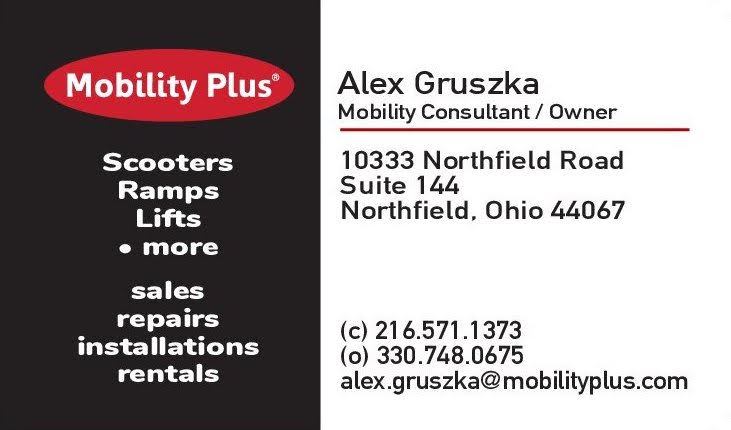Applying for a farm loan can feel like a big step, but it’s often essential for growing your operation. Whether you’re looking to buy new equipment, expand your land, or cover operational costs, a loan can provide the capital you need. However, the application process can be tricky. To help you get it right, here are some common mistakes to avoid when applying for a farm loan.
Not Preparing a Detailed Business Plan
Walking into a lender’s office without a solid business plan is like going on a road trip without a GPS—someone’s bound to get lost. Lenders need to see that you have a clear vision for how you’ll use the loan and, more importantly, how you’ll pay it back. Your plan should outline your goals, projected expenses, and expected income. A missing or vague business plan can make your application look risky and will likely lead to a quick rejection.
Ignoring Your Credit Score
Your credit score plays a huge role in the loan application process. Too many people don’t check their credit history before applying for a farm loan, which can be a costly mistake. A low credit score might not only get your application denied but could also result in much higher interest rates if you are approved. It’s a good idea to check your score ahead of time and take steps to improve it if needed. Even small things like paying bills on time and reducing smaller amounts of existing debt can make a big difference.
Underestimating Loan Requirements
Farm loans often come with specific requirements, and it’s easy to overlook some of the details. Each lender will have different eligibility criteria and a list of necessary documents, from financial statements to proof of income. Failing to provide all the required paperwork can cause significant delays or even result in your application being thrown out. Before you apply, make a checklist of everything you need to ensure your application is complete and accurate.
Borrowing More Than You Need
It might be tempting to ask for a little extra “just in case,” but borrowing more than you truly need can saddle you with unnecessary debt. Higher loan amounts mean higher monthly payments and more interest paid over time. Take the time to carefully calculate your exact financial needs. Create a detailed budget that covers your specific project costs, so you can request a loan amount that is both sufficient and manageable.
Not Researching Different Loan Options
Don’t just settle for the first lender you find. There are many different loan programs and financial institutions out there, and each offers different terms, interest rates, and benefits. Some programs are specifically designed for beginning farmers or certain types of agricultural projects. Take the time to learn how to choose between different agricultural loan lenders. That way, you can find an option that is better suited to your needs and potentially save yourself a lot of money in the long run.
b























